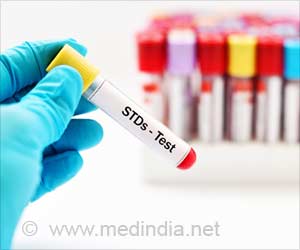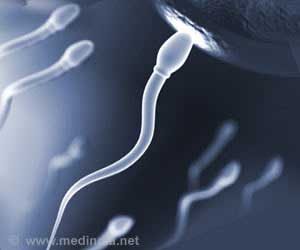Now, fewer US college students are having frequent sex, compared to their Generation X predecessors, but those who do are having sex with a casual date or pal, a new study finds.

Martin Monto and Anna Carey compared responses from 18-to-25-year-olds who attended at least one year of university in 1988-1996 to data from their counterparts in 2002-2010.
Using data from the General Social Survey, they wanted to see if there was hard evidence to prove that "hook-up culture" has flourished on American campuses over the past decade, as popular media reports insist.
On the one hand, they found that students in the Naughties were rather less naughty -- with 59.3 percent reporting having sex at least once a week, compared with 65.2 percent in the 1998-1996 group.
But on the other hand, sexually active students in 2002-2010 were more likely to have had sex with a casual date or pick-up (44.4 percent versus 34.5 percent) or with a friend (68.6 percent versus 55.7 percent).
They were also less likely to report having a spouse or regular sexual partner (77.1 percent versus 84.5 percent).
"Contemporary college students are coping with a new set of norms in which marriage occurs later," said Monto, who presented the study at the annual meeting of the American Sociological Association.
"But this study demonstrates that we are not in the midst of a new era of no-rules-attached sexuality," he said.
"In fact, we found that overall, sexual behavior among college students has remained fairly consistent over the past 25 years."
The General Social Survey, a rich trove of raw sociological data, comprises interviews with 57,000 adults across the United States by the National Opinion Research Center at the University of Chicago.
Source-AFP









